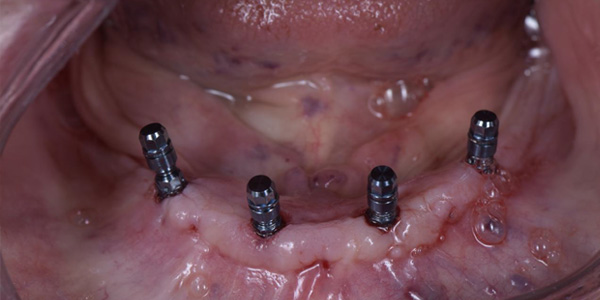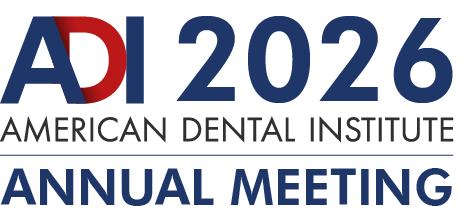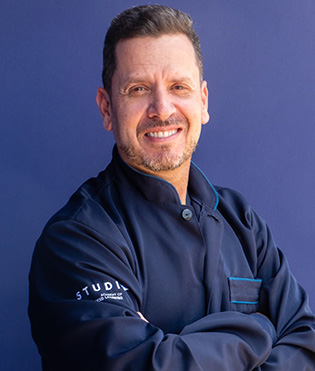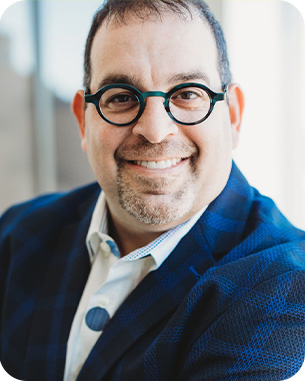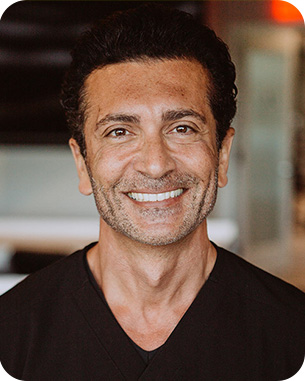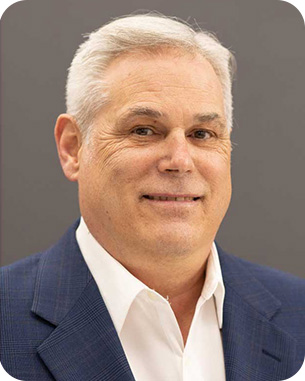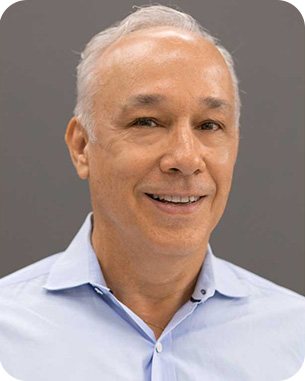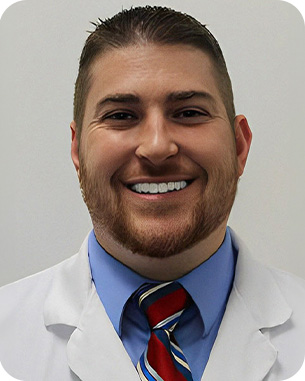Full-arch rehabilitation has long been a cornerstone of restorative dentistry, providing a life-changing solution for patients with extensive tooth loss. Traditional approaches, such as removable dentures and full-arch bridges, have often been the go-to methods for restoring functionality and aesthetics. However, a revolutionary approach, known as All-on-X, has emerged in recent years, significantly changing the landscape of full-arch rehabilitation.
In this article, we will explore the All-on-X technique, its benefits, and the science behind its success. We will also examine how it represents a paradigm shift in the way dental professionals approach full-arch restorations, offering an advanced and more predictable solution for patients.
What is All-on-X?
The All-on-X technique refers to a type of full-arch rehabilitation that involves the placement of a fixed prosthesis on as few as four dental implants (though often more are used depending on the case). This technique is designed to replace an entire arch of missing or non-restorable teeth with a permanent, non-removable bridge supported by dental implants.
The History and Evolution of the Technique
All-on-X evolved from the concept of All-on-4, which was introduced by Dr. Paulo Malo in the early 2000s. The idea was to place four strategically placed implants to support a full-arch fixed prosthesis, offering a cost-effective and efficient solution for patients. Over time, the concept of All-on-4 has been refined, and variations such as All-on-6, All-on-8, and All-on-X have emerged, providing flexibility depending on the patient’s anatomical needs.
How It Works
In the All-on-X approach, the surgeon places implants at specific locations in the arch, typically in the anterior region (to maximize bone density) and tilted posteriorly for optimal stability. This tilting technique allows for more favorable load distribution and better utilization of available bone, especially in patients with significant resorption in the posterior regions.
After the implants are placed, a temporary prosthesis is often attached the same day (also known as “teeth in a day”), providing immediate restoration of function and aesthetics. The permanent prosthesis is then fabricated once the implants have integrated with the bone, typically after a healing period of several months.
Key Advantages of All-on-X
The All-on-X approach offers a wide range of advantages, both for patients and dental professionals. Here, we will delve into the most significant benefits.
Minimally Invasive
Traditional methods of full-arch rehabilitation often required extensive surgeries, including bone grafting, sinus lifts, and lengthy healing periods. With the All-on-X technique, patients can often avoid these invasive procedures. The tilted implant placement maximizes the use of existing bone, reducing the need for bone grafting and other adjunctive surgeries. This makes the procedure less invasive, reduces patient discomfort, and shortens recovery time.
Immediate Function
One of the most appealing aspects of All-on-X is the ability to provide **immediate function**. Many patients undergoing full-arch rehabilitation are often left with temporary solutions for extended periods while they wait for their final prosthesis. With All-on-X, patients can walk out of the office the same day with a fixed, functional prosthesis. This helps restore their ability to eat, speak, and smile with confidence almost immediately, significantly improving their quality of life.
Predictability and Stability
The All-on-X technique, when performed by a trained and experienced dentist, has shown impressive levels of predictability and success. The use of fewer implants (usually four to six) that are strategically placed in areas of the jaw with optimal bone density allows for superior load distribution. This results in a stable, long-lasting restoration. Moreover, the biomechanical principles underlying All-on-X, such as the use of tilted implants, have been validated by extensive clinical studies.
Lower Cost and Faster Treatment
Since fewer implants are used compared to traditional full-arch restoration methods, the overall cost of treatment is often reduced. Additionally, the **all-in-one** nature of the procedure, which combines implant placement and prosthetic restoration into one treatment plan, reduces the treatment time. Patients can avoid multiple appointments and lengthy healing periods associated with more traditional methods.

Get full access to this article, many others published weekly, and a library of exclusive resources by becoming an ADI MEMBER today. Stay informed, expand your knowledge, and connect with leading professionals in dentistry.
Already a member? Login Now

